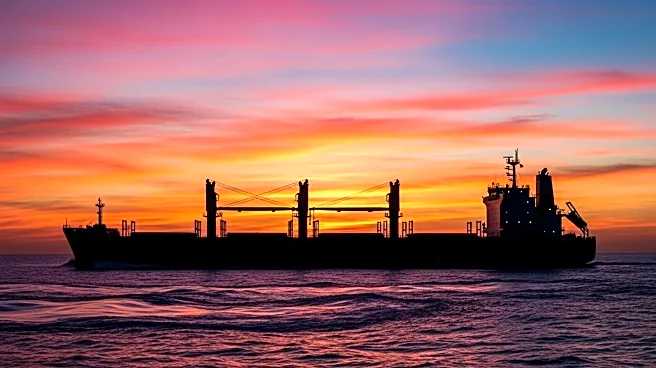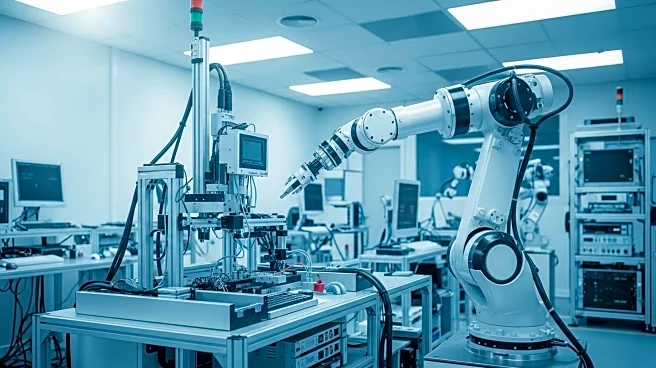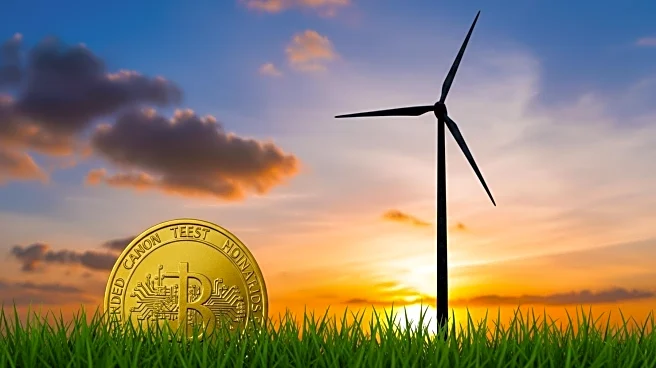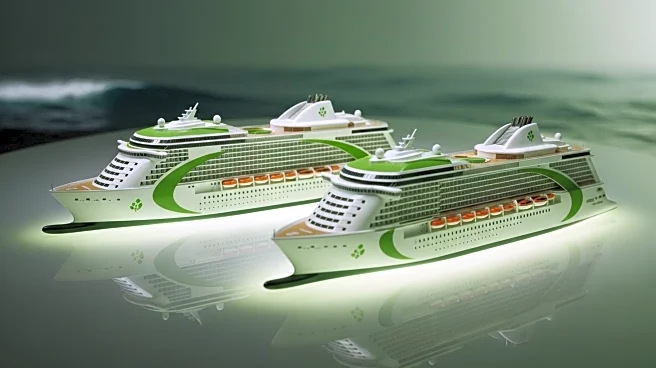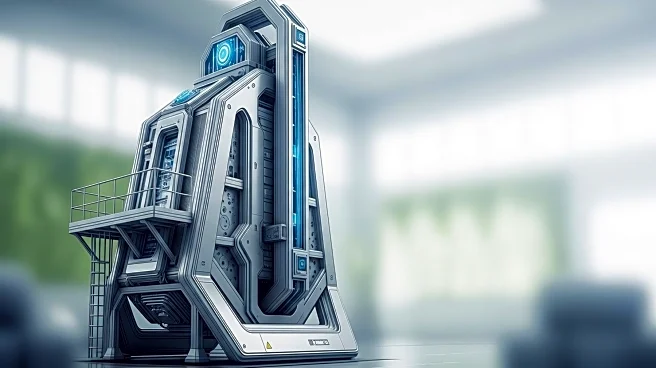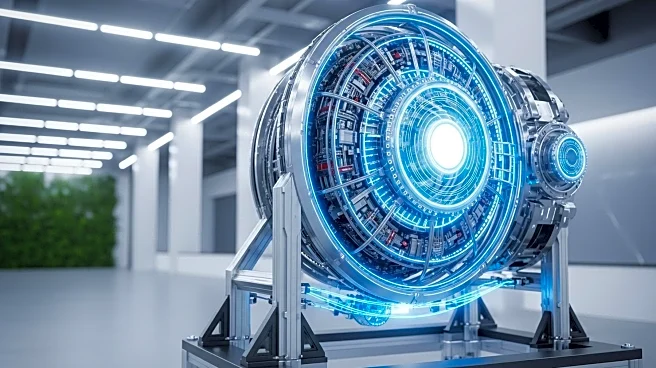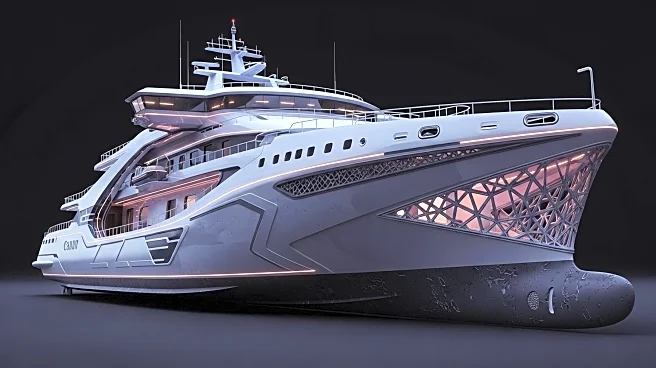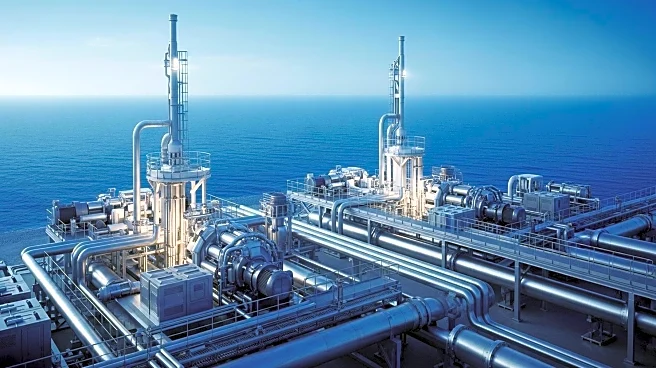What's Happening?
The maritime industry is experiencing a surge in drydocking activity, particularly in the supramax and ultramax bulker sectors, due to regulatory retrofits. This wave is driven by compliance with new rules such as the EU ETS, FuelEU Maritime, and Carbon Intensity Indicator mandates. As a result, repair shipyards are nearing capacity constraints, with yard slots becoming increasingly scarce. The demand for decarbonization modifications, including propulsion upgrades and energy-saving devices, is rising sharply. UK consultancy Drewry reports that yard days for capesize ships are increasing, impacting the effective supply of vessels available for trade.
Why It's Important?
The increased drydocking activity and retrofitting demand are significant for the maritime industry, as they affect vessel availability and market dynamics. Shipowners face tighter market conditions, potentially benefiting from higher freight rates due to reduced supply. The focus on decarbonization aligns with global environmental goals, pushing the industry towards greener practices. However, the strain on shipyards could lead to delays and increased costs for retrofits, impacting shipping companies' operational efficiency. The situation underscores the need for strategic planning and investment in shipyard capacity to meet future demand.
What's Next?
The drydocking wave is expected to peak between now and mid-2026, with steady activity through mid-2027. Shipowners are likely to continue investing in retrofits to meet regulatory deadlines by 2026. The industry may see increased collaboration with shipyards to optimize scheduling and reduce lead times. As demand for yard slots grows, stakeholders will need to address capacity constraints, potentially leading to new investments in shipyard infrastructure. The long-term impact on fleet availability and market conditions will be closely monitored by industry analysts.
Beyond the Headlines
The push for regulatory compliance and decarbonization reflects broader shifts in the maritime industry towards sustainability. This transition may drive innovation in ship design and technology, fostering new business opportunities. The focus on environmental standards could also influence global shipping policies, encouraging other regions to adopt similar measures. The industry's response to these challenges will shape its future trajectory, balancing economic growth with environmental responsibility.

